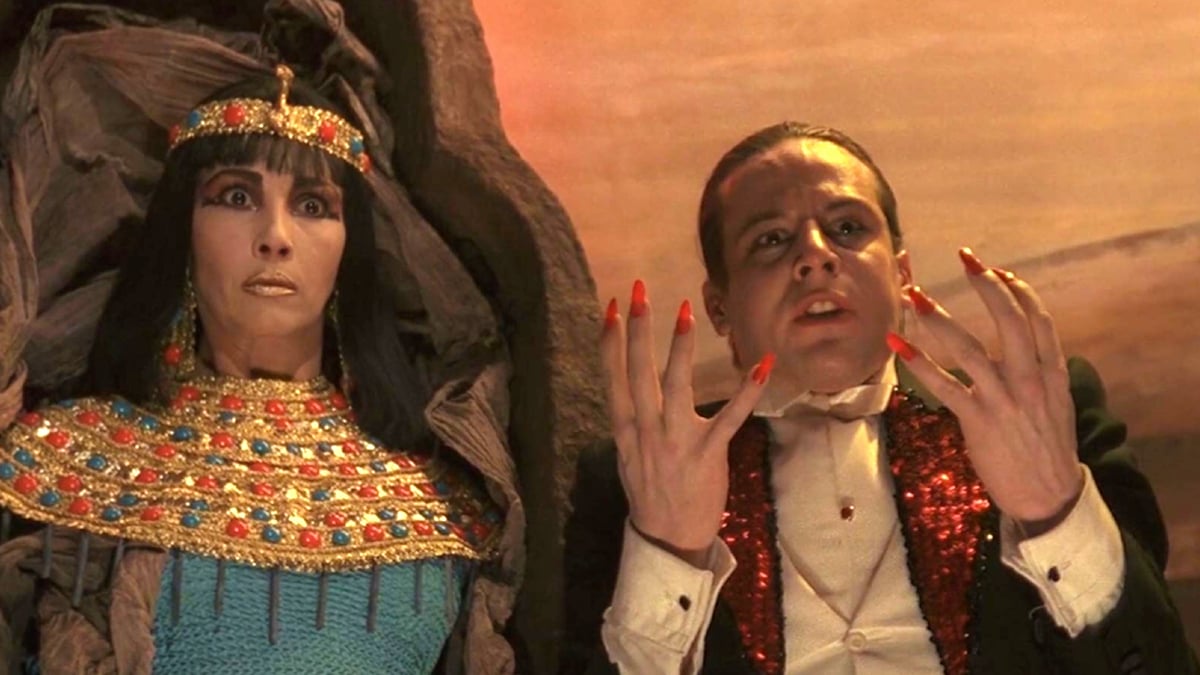Plot twists stick with you unlike any other story. The smooth flow of the narrative is interrupted by a major, jaw-dropping revelation or unexpected turn of events — the shock immediately drawing you into the gripping storylines.
It’s enticing for audiences to be on the edge of their seat, eager to witness a good surprise that would make a satisfying conclusion. This adds an extra layer of meaning, adding quality that ultimately makes for a great movie. Yes, we all love plot twists. They can either make or break a movie, stimulating the demand for movies with similar twists, or leaving audiences completely disappointed.
Twists determine a good story and are a reflection of what makes a movie memorable. They bear the potential to make thrillers more engaging, horrors more emotionally disturbing, and dramas more dramatic.
Movies like Fight Club and Mullholland Drive are remembered for their respective plot twists that, in addition to enhancing shocking responses, appropriately served the movies’ outcomes. For plot twists to get etched as the most memorable moments, it’s important for the viewers to engage with the plotlines. Here are the ten movies that are ranked by how gripping their plot twists are.
10. The Guilty
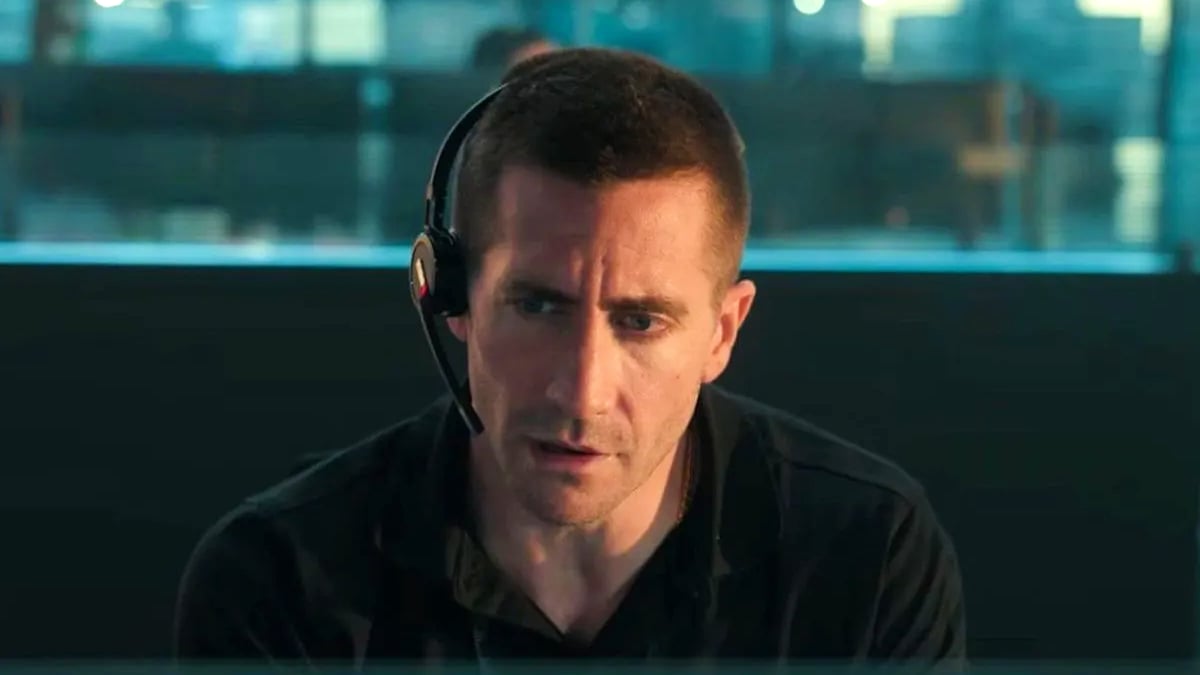
Antoine Fuqua’s The Guilty starring Jake Gyllenhaal as the protagonist weaves the elements of thriller, suspense, drama, and emotions together to craft a story that intrigues and baffles the viewers. The movie starts with Gyllenhaal playing cop Joe Baylor who works at L.A. Emergency Response.
On a particularly busy night, while responding to the calls and queries of the callers, he receives a phone call from a woman named Emily who he later discovers has been kidnapped by her abusive ex-husband Henry, leaving their children alone at home. This prompts him to conduct a thorough investigation about the supposed mishappening only to later hear Emily confess that it was she who had sliced her infant son’s stomach open.
Abby, her daughter, witnessed the assault and immediately called her dad Henry, who turned out to be an innocent victim after all and who dragged Emily out of the house to admit her to a mental facility where she was a former patient.
This was a major turning point of the story as in addition to learning the identity of the real culprit, we also discover Joe’s crime of committing a murder in the past. The shocking twist helps unveil and understand his highly emotional and aggressive reactions to the case adding a rather surprising twist to the storyline.
9. Malignant

In this supernatural horror film released in 2021 starring Anabelle Wallis, a woman named Madison Mitchell experiences harrowing visions of people brutally murdered by a creature that at first appears to be a superhuman entity. No one except Madison can see the crimes and she has absolutely no way to protect the victims.
Later, the killer is revealed to be Gabriel, Madison’s childhood imaginary friend whose origin is unknown and who only seemed to have appeared in Maddy’s mind. She occasionally refers to him as ‘the devil’ that infiltrated her mind as a child.
Midway through the movie’s ending, it appears there are only two possibilities — that Gabriel can either be a physical manifestation of Maddy’s repressed memories, or a malevolent supernatural force on a murder spree.
Towards the end of the movie it is revealed that Gabriel is none other than Maddie’s parasitic conjoined twin who shared the same brain with her, much to the shock of the audience.
Unlike Maddie, he developed supernatural powers that included superhuman strength, the ability to project his thoughts through the radio, as well as the power of Maddie’s mind and body. Unexpected and unsettling as the twist is, it fits perfectly within the framework of the storyline and provides a more satisfying explanation of the film’s mysteries.
8. Midsommar

Ari Aster’s much-discussed folk horror released in 2019, heavily inspired by the 1973 cult horror film called The Wicker Man, has received praise and accolades for his capacity to meld the idyllic Scandinavian country life with stomach-churning violence and murders.
The plot revolves around protagonist Dany’s (Florence Pugh) emotional journey following her parents’ death and an ongoing tumultuous relationship with her boyfriend Christian (Jack Reynor) with whom she goes on a trip to the Swedish countryside along with his friends Josh, Mark, and Pelle.
What was meant to be a memorable trip turned into a blood-curdling nightmare when the group witnessed a brutal Viking tradition performed by the elders of the Harga community in which they voluntarily jumped off the cliff to their gruesome demise.
As shocking and distressing as the scene is, Christian and Dani’s failing relationship is often the focus, along with occasional quarrels and bickering by the opportunistic group members.
The movie’s climactic denouement is the breakthrough moment when it is revealed that the members of the cult have been planning to sacrifice all the people who have been brought to the event along. These are the protagonists to which the audience is introduced from the start, and around whom a major portion of the plot revolved.
Through her acquired status as the May Queen, Dany chooses her boyfriend Christian as the final sacrifice, literally putting a halt to the subject of their failing relationship and ratcheting up the shock of the final twist.
The movie deftly sends a chill down the spine in its unique representation of a cult. Unlike in such popular horror films as Mandy and The Endless, where a cult is shown to be comprised of a group of murderous psychopaths ready to engage in the goriest of murders, Midsommar encases them in the lingering brightness of the sunlight.
7. Us
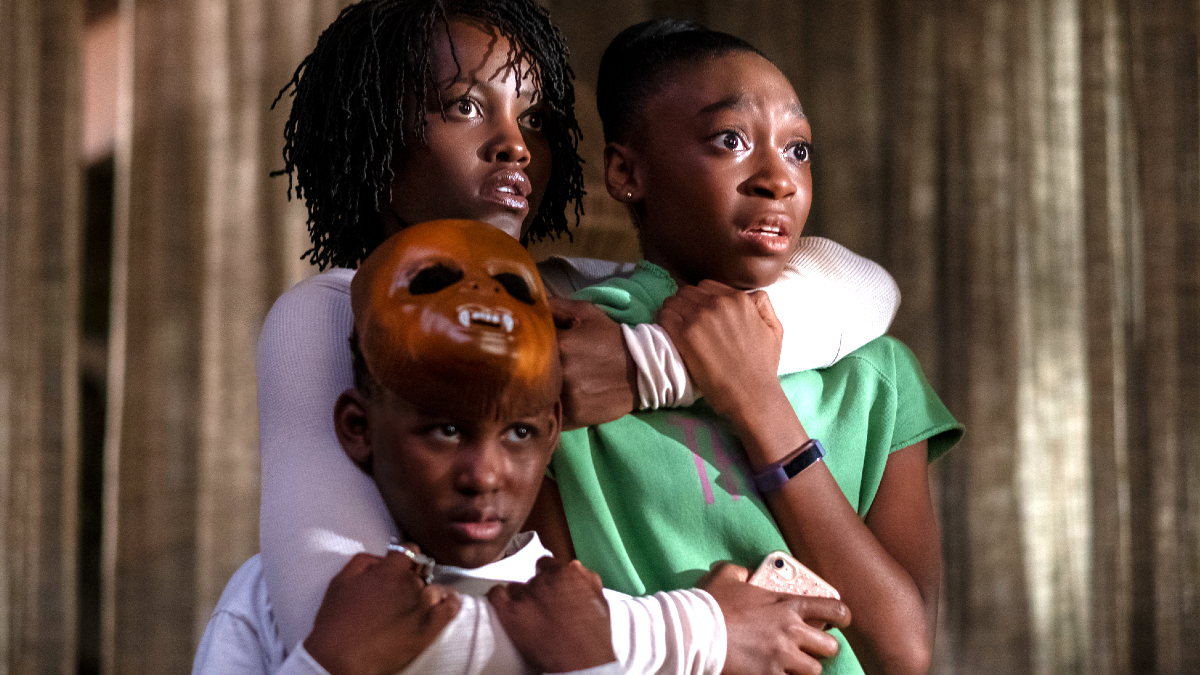
Jordan Peel stamped his mark on the Industry as one of the most talented directors of all time with the release of Get Out in 2017. This continued and was solidified solidified with the release of another groundbreaking social horror Us in 2019.
The plot revolves around a family attacked by mysterious figures during their vacation, only to realize they are none other than their respective doppelgangers. The protagonist of the movie Adelaide (Lupita Nyong’o) experienced a similar incident as a child when she encountered her lookalike at the House of Mirrors.
The movie, not unlike its processor, is a satire on the social hierarchies and inequalities pervading the United States. While the army of doppelgangers (or the ‘tethered’ as they called themselves) who wage war on their lookalikes has been interpreted as a depiction of socially and economically marginalized sections of the society revolting against the privileged, the major twist of the story lies in the shocking disclosure of Adelaide’s identity in the movies’ final shot.
When Adelaide got lost in the House of Mirrors as a child, her lookalike attacked and kidnapped her to relieve herself of the enslavement and poverty from ‘down below,’ where she lived. In effect she had replaced Adelaide, while the real Adelaide was trapped in the underground where she grew up and began to be regarded as the ‘Red.’
This is undoubtedly one of the most jaw-dropping moments of the movie and it is not until the revelation is made that the audience begins to connect numerous dots and clues throughout the movie pointing to the women’s real identities.
One of them is Red’s command over English, unlike the rest of the members of the ‘Tethered’ whose only method of communication was through howling and shrieking. This is probably because she had known the language she learned as a child, which gave her the ability over the others to literally be their voice of reason. The twist gives the movie a phenomenal ending which, coupled with Lupita Nyongo’s brilliant performance, makes it highly worthy watching.
6. Gone Girl
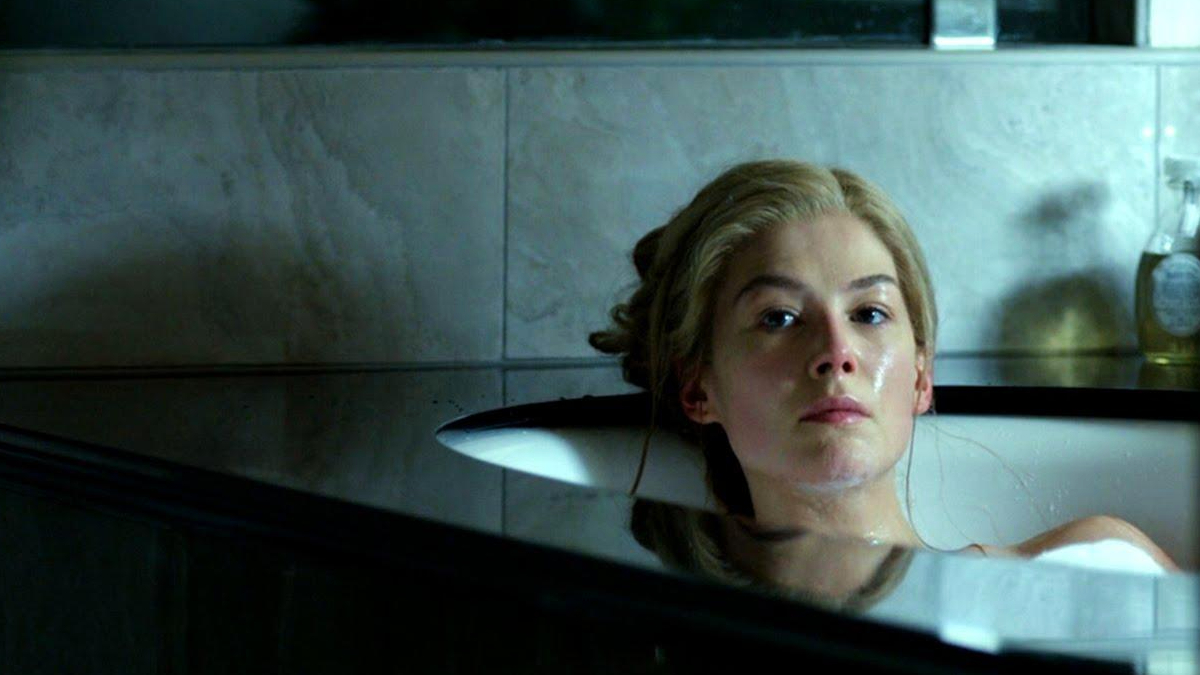
Based on Gillian Flynn’s book of the same name, David Fincher’s Gone Girl which dropped in 2014, set the bar exceedingly high for mystery-thrillers about unhappy missing wives and potentially abusive husbands. The story focuses on Nick Dunne (Ben Affleck) who comes home one day to find out that his wife, Amy (Rosamund Pike) is missing.
As the movie proceeds with a police investigation of Amy’s disappearance, evidence of the crumbling marriage between the couple comes to the surface. Very soon, the viewers are introduced to Nick’s hatred towards Amy and his affair with his student heightening the suspicions about Nick being the main culprit behind his wife’s disappearance.
In a movie with such an intriguing plotline, a twist is expected. Only, in this case, the twist is extraordinarily shocking. It was later revealed that Amy orchestrated her abduction to exact revenge on Nick for cheating on her.
She strategically framed him for murder by spilling blood all over the floor, carefully hiding the murder weapon for the cops to find it, getting a new life insurance policy, and keeping all the purchases she made in Nick’s name in the shed.
The story doesn’t end here as Nick’s plan to get Amy home made her frame and brutally murder her former lover Desi Collins (Neil Patrick Harris). This bone-shilling development in the storyline is probably one of the best plot twists in a movie unrivaled in its genre.
5. Get Out
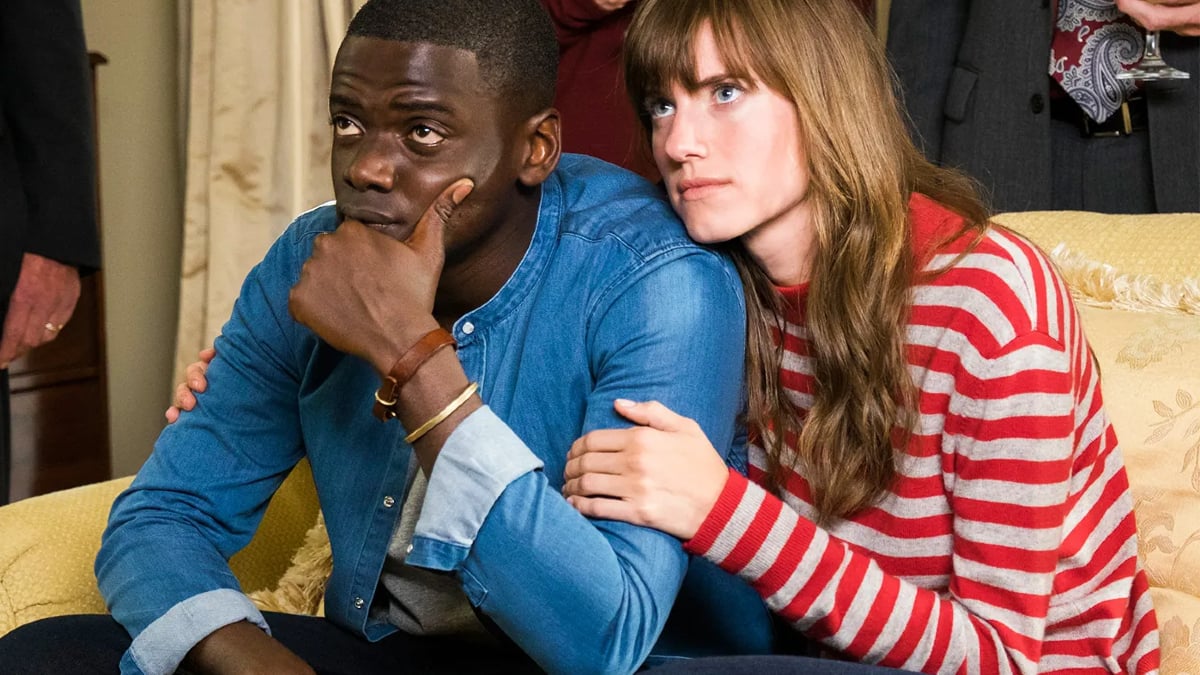
Jordan Peele’s social horror commenting on the complexities of interracial romance has received thunderous applause from both fans and critics. The film delves into the nuances of racism especially when the subject revolves around faith in slavery in the South. However, this isn’t revealed until towards the end which forms the movie’s most climactic moments.
The plot revolves around the Black protagonist Chris (Daniel Kaluuya) who goes on a trip to visit his white girlfriend Rose’s (Allison Williams) parents. He is shown to be nervous about meeting them as he is led to believe that he is her first and only black boyfriend. The movie takes a rather eerie turn when Chris discovers the absurd behavior of the black people in his vicinity.
Upon further digging, he is confronted with a shocking revelation about the family’s harrowing practice of performing neurosurgery on every Black person that comes into their fold. During the surgery, the consciousness of the aging family members is transferred into the bodies of the Black people, where it is trapped in a hypnotic limbo called the Sunken.
Rose’s family’s malicious intentions, in this context, would not come as a total shock to the audience due to the particularly odd vibe throughout the movie, until the discovery of the key secret. The very first scene depicting the kidnapping of a Black man sets the foundation of the movie’s eerie tone.
The shocking plot twist, however, lies in Peele’s ingenuous storytelling techniques where he wants the audience to believe that Black people on screen are either being kidnapped or overtly discriminated against only for him to divert from the same and depict white privilege and entitlement to use the bodies of Black people in any way they liked, an idea contained in benevolent racism.
4. Mullholland Drive
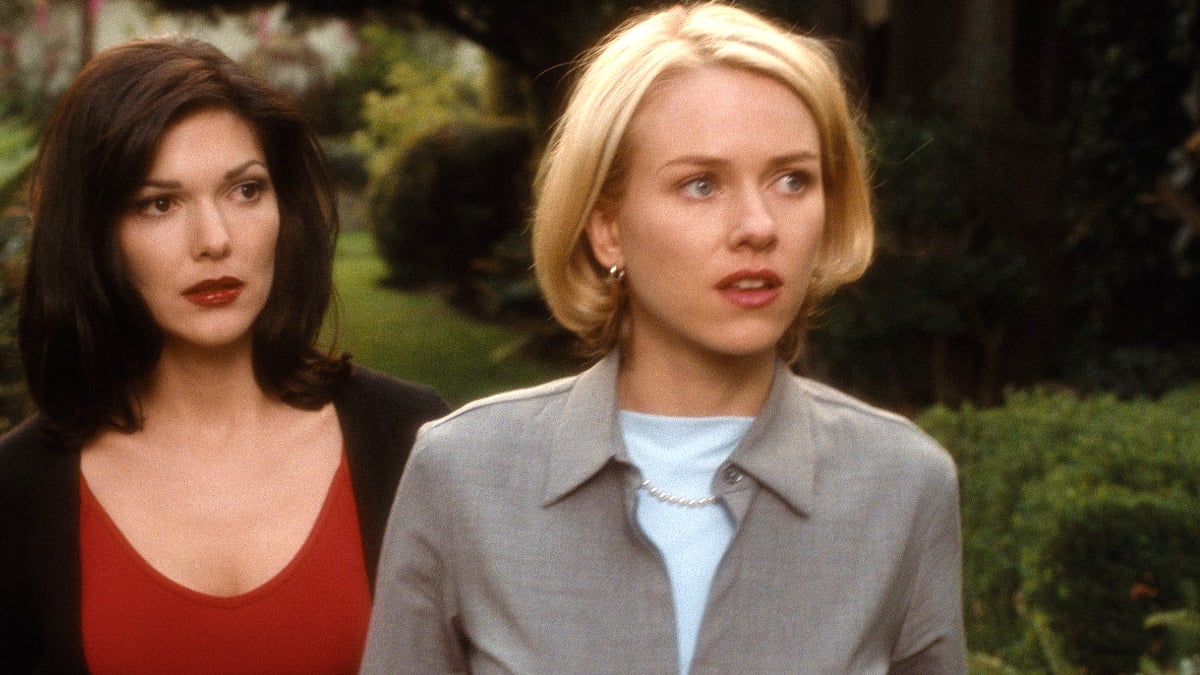
Who doesn’t love a story with a deeply mysterious vibe that keeps them on the edge of their seat and debuts as an instant classic? David Lynch’s classic neo-noir mystery film Mullholland Drive does more than just meet this criterion. The film has established its mark as an enigma because of Lynch’s cinematographic brilliance and the heart-wrenching plot twist towards the end.
The plot revolves around two men named Betty (Naomi Watts) and Rita (Laura Harring) who engage in thorough investigations to find the latter’s identity. As a result of an attempt at murder and a car crash at Mulholland Drive in Hollywood, Rita loses her identity and befriends an aspiring actor Betty to find out who she is as well as the people who attempted to kill her.
The first part of the movie shows the duo collecting clues to find Rita’s identity until they discover the corpse of Diane Selwyn, a name which is also a significant clue for their investigation.
After this, the movie becomes disconnected from its theme and becomes blurry and detached from reality as the characters come closer to each other and start a romantic relationship. The last part of the movie unveiled the harrowing mystery, that everything that the audience had been watching so far was Diane Selwyn’s dream.
In the dream, she is Betty, an aspiring and potential actor whose inability to rise to the top is due to the injustices of the industry barring real talents from getting recognized. Here, she befriends and begins a relationship with Rita, who is the movie star Camilla in real life.
After her betrayal by Camilla who leaves Diane to get engaged to a film director, she hires a hitman to kill her. The movie etches a harrowing reality that lies beneath the industry’s show and glamorous existence, and how the shattered dreams can reappear and re-enact in the most haunting manner.
3. The Sixth Sense
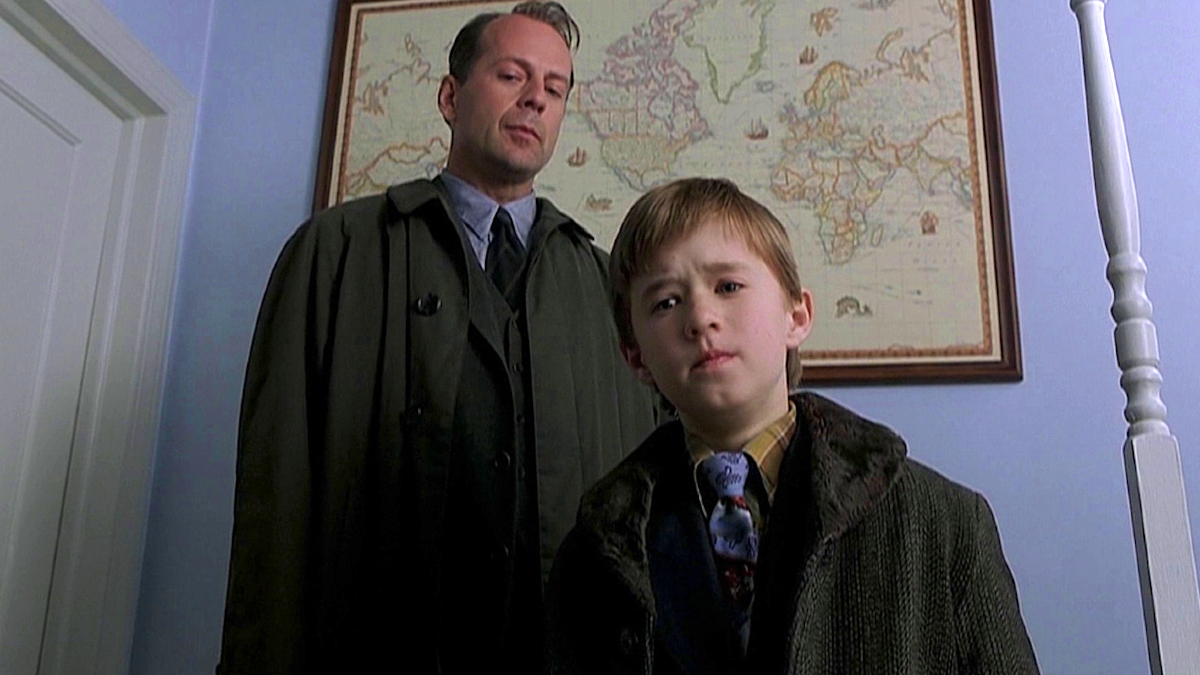
M. Night Shyamalan’s The Sixth Sense has become synonymized with the supernatural horror genre down its most iconic line, “I see Dead People.” The story focuses on a child psychologist named Malcolm Crowe (Bruce Willis) who tries to help a child patient Cole Sear with his ability to communicate with dead people.
It is never shown how Cole is able to do that, but in medical terms, he is diagnosed with a “possible mood disorder.” After a while, it is revealed that Cole contains some dark secrets that make him tremble in fear at night and which also explain the scratched marks on his arm.
While the crux of the story seems to be Crowe’s attempts at helping a troubled child who claims to see dead people, the subplot of the story focuses on his seemingly failing relationship with his wife Anna.
Most of the scenes show him sitting across from her and talking with no response from the other side. This is in stark contrast to the movie’s opening sequence showing both of them enjoying a romantic evening celebrating Crowe’s accomplishments, only for them to get interrupted by Crowe getting shot by his former patient Vincent. This scene keeps the viewers wondering about what follows afterward that shapes the characters’ attitudes towards each other as well as Crowe’s approach to his profession.
The film’s big twist comes at the end when Crowe discovers that he has been unknowingly dead as he could not survive being shot by Vincent, proving that Cole has been right all along in his confessions about his abilities to see dead people. This also goes on to prove that he and his wife, who was actually grieving for her dead husband never had any conversation at all. Considered one of the great plot twists in cinematic history, The Sixth Sense carries a great amount of emotional weight that’s still lacking in many movies of the same genre.
2. Incendies
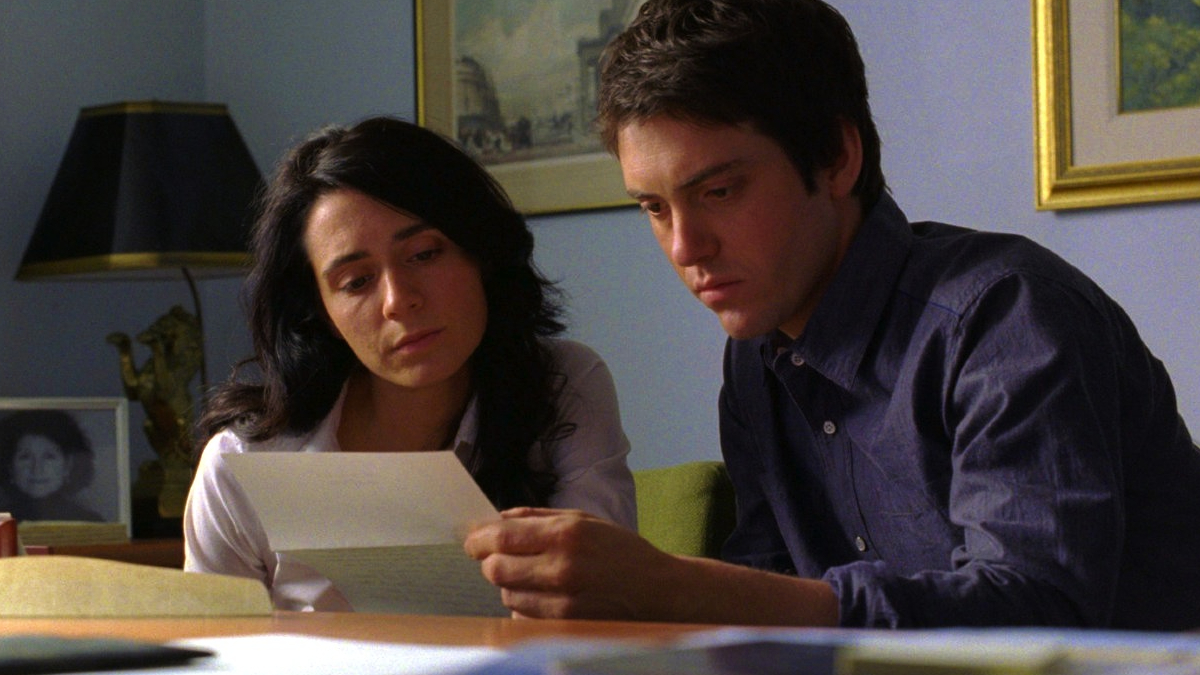
Denis Villeneuve’s Incendies is a heart-wrenching tale of familial relationships gone wrong. When the twins Jeanne (Melissa Desormeaux-Poulin) and Simon (Maxime Gaudette) are entrusted with the task of finding their brother Nihad, they undertake a long journey to the Middle East to complete the mission thrust upon them by their dead mother, Nawal (Lubna Azabal).
The journey leads her to discover many incidents that shaped her mother into what she had become in the last years of her life. The viewers are also introduced to various past sequences of the Civil War that had trapped and victimized Nawal resulting in her abduction and rape by the torture specialist Abu Tareq.
As Jeanine continues with the journey, she comes across her extended family who refuses to speak to her or share any information because of the shame Nawal apparently brought to the family.
Later, information and a lot of digging revealed that their brother Nihad who was sent to an orphanage by Nawal’s grandmother for being an illegitimate child was captured by a warlord along with many other children in the orphanage.
They were then trained to fight for the cause. It was later revealed that their lost brother Nihad is none other than Abu Tareq who raped their mother and as a result of which, she became pregnant with the twins.
The discovery of their lost brother being their biological father is devastating for the twins as well as the audience who hoped for an emotional sibling bonding in the end. It is later revealed that Nawal suffered a stroke and eventually dies after discovering this heartbreaking, shocking reality.
The film ends with the twins handing over the letter to their brother that their mother had asked him to, where Nawal confesses her true identity and forgives him for his actions in the past. The unexpected twist is certainly a brutal assault on the senses making the movie all the more special and a memorable watch.
1. Santa Sangre (The Holy Blood)
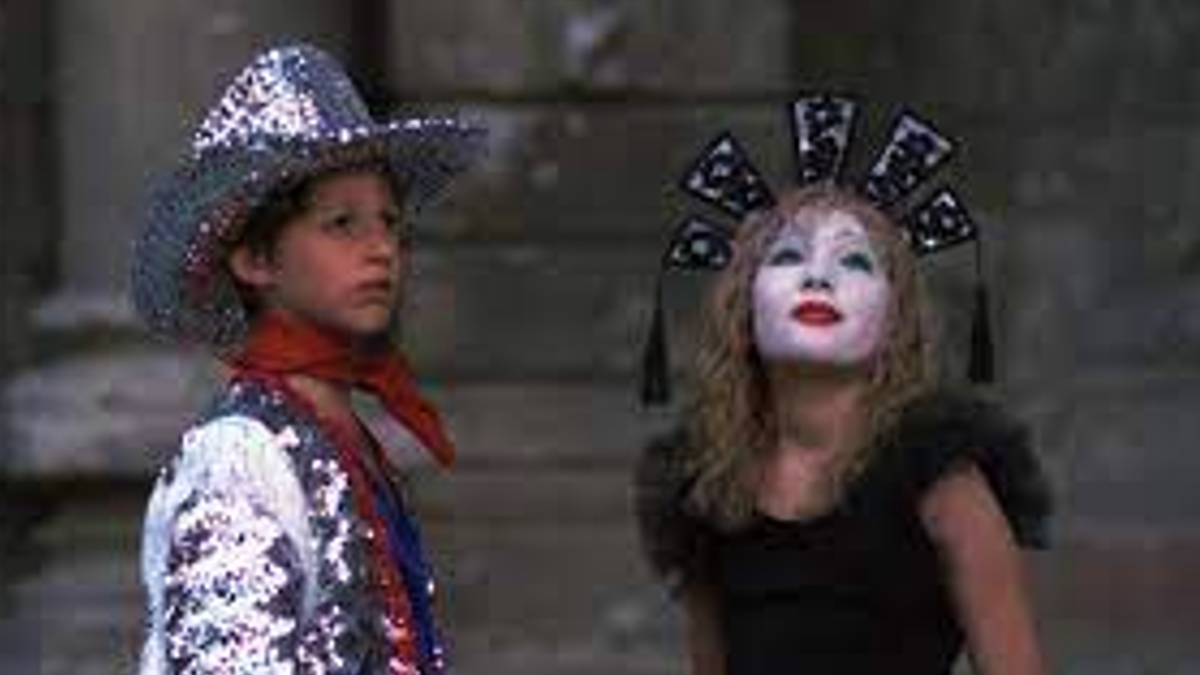
Psychic horrors are well known being immensely disturbing that can lead you to deeply reflect on the viewing experience. No one does it better than Alejandro Jodorowsky in Santa Sangre (The Holy Blood) which is a tale of childhood trauma, toxic relationships, and emotional manipulation.
The story focuses on Fenix, a boy magician at the creepy circus Gringo where some of the dangerous acts are smoothly carried out, like the infamous knife-throwing. Possessing two temperamental, abusive and headstrong parents, the movie subtly shows Fenix’s loneliness and sense of longing for an emotional and humane connection.
The only individual in his proximity with whom he is able to develop a bond is Alma, the deaf-mute daughter of the ‘tattooed woman’ who happens to be his father’s target for knife-throwing and his mistress. Upon discovering about their affair, Fenix’s mother Concha enters into a bitter brawl with her husband and in a fit of rage throws acid on his genitals with him retaliating by severing her arms with his knives.
The movie then proceeds to the present-day after Fenix flees from the mental hospital and moves in with his armless mother. The latter uses his arms to murder one woman after another with whom Fenix develops a relationship and also exacts revenge on the tattooed woman by brutally stabbing her to death.
The unexpected, jaw-dropping twist hits the audience when it was finally revealed that Concha immediately dies after the amputation and the person on the killing spree was none other than Fenix. He creates a statue of his mother and perceives her to be alive and guides him to carry on with the murders.
As heavy and distressing as the twist sounds, the movie draws inspiration from Hitchcock’s Psycho resting on toxic mother-son relations at their finest, and the manifestation of childhood trauma, rightfully making it the greatest plot twist of all time.

